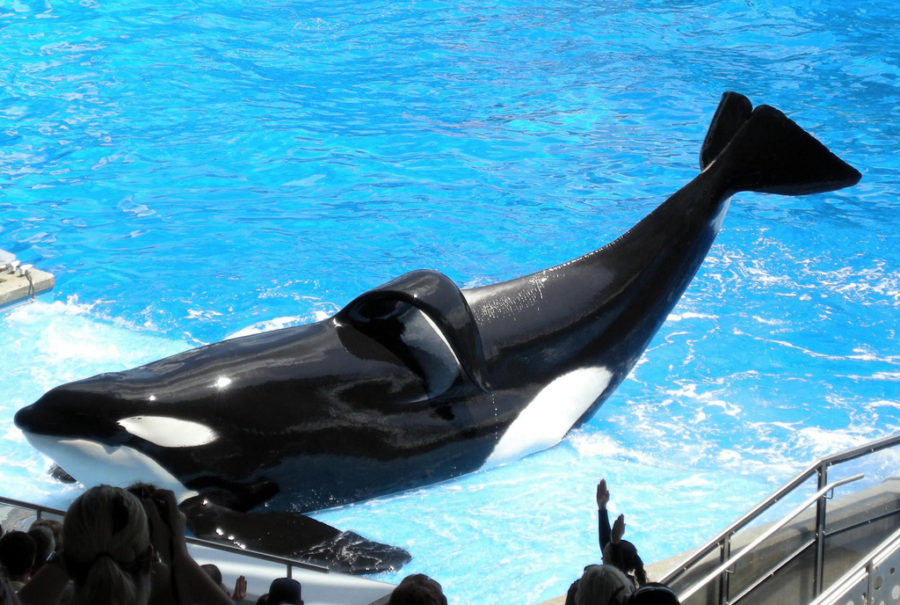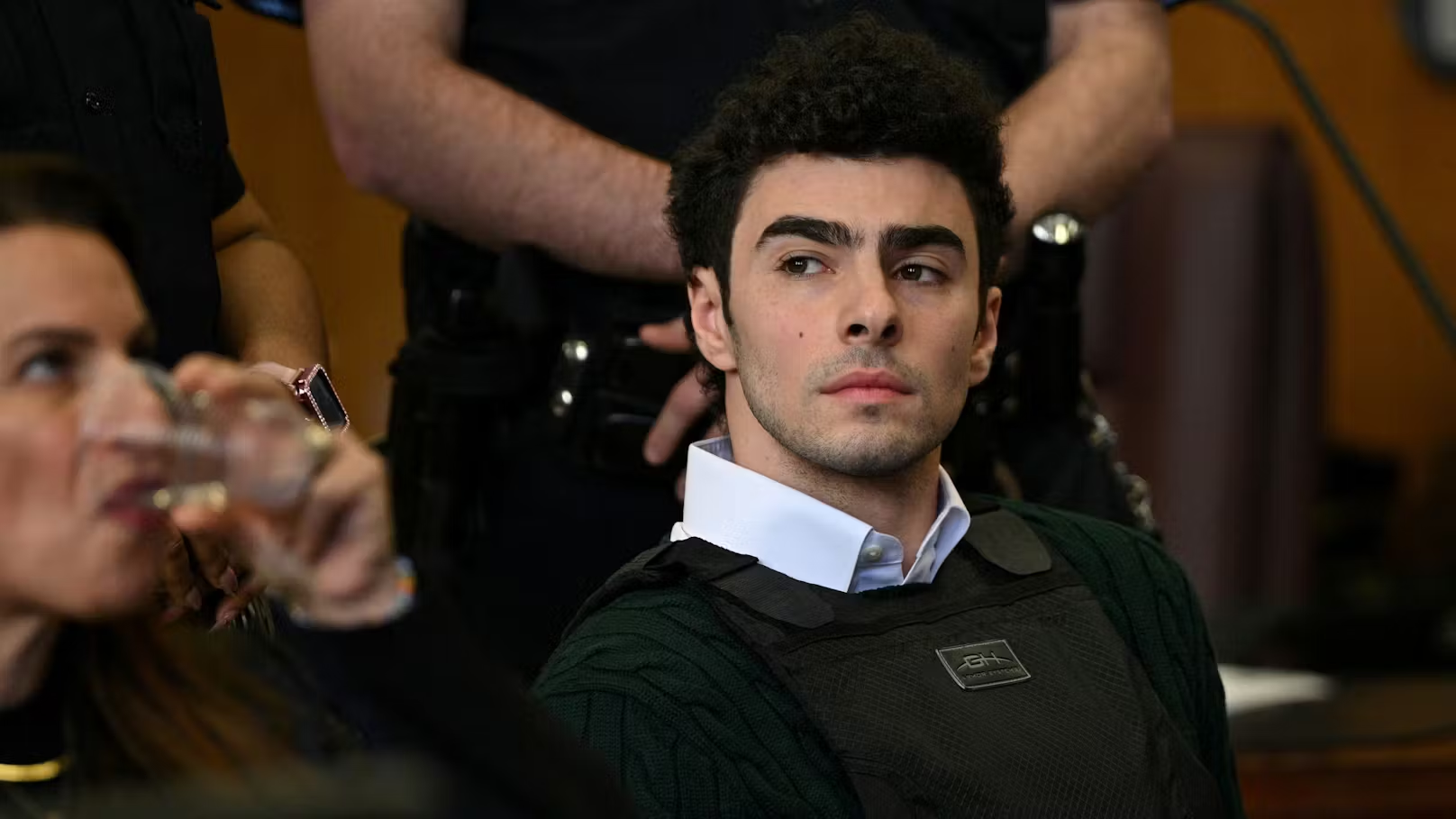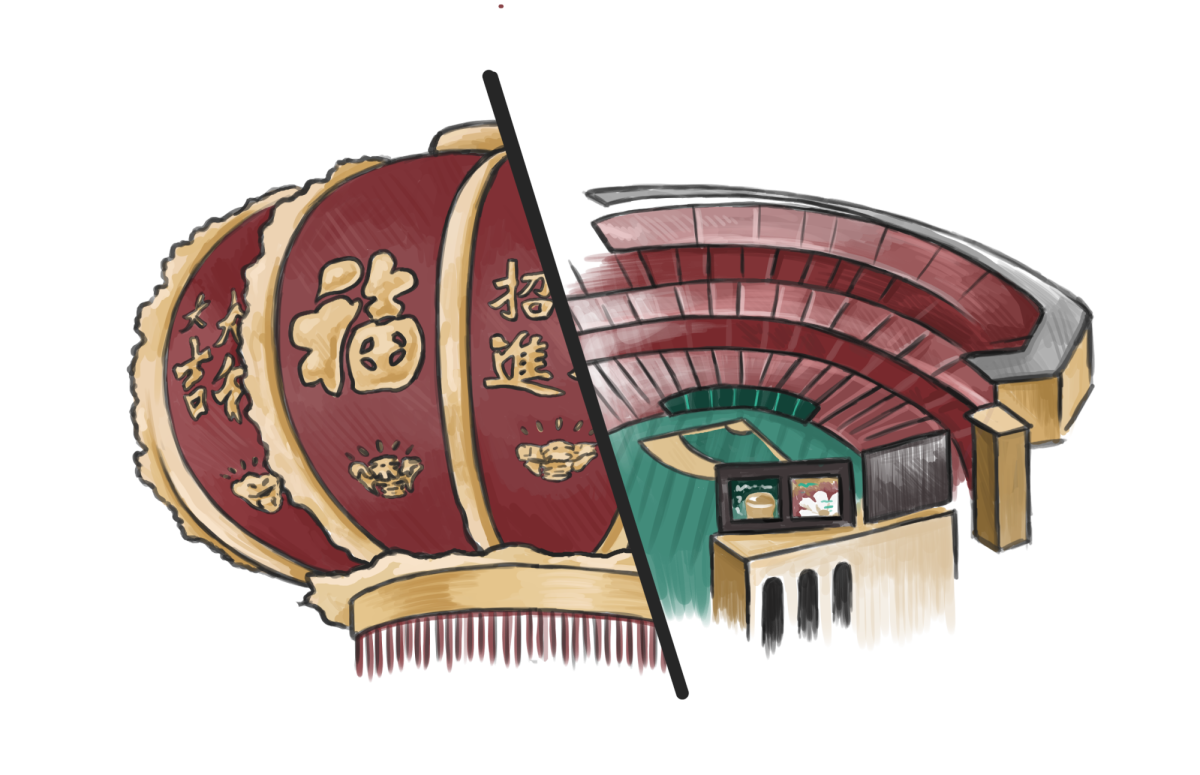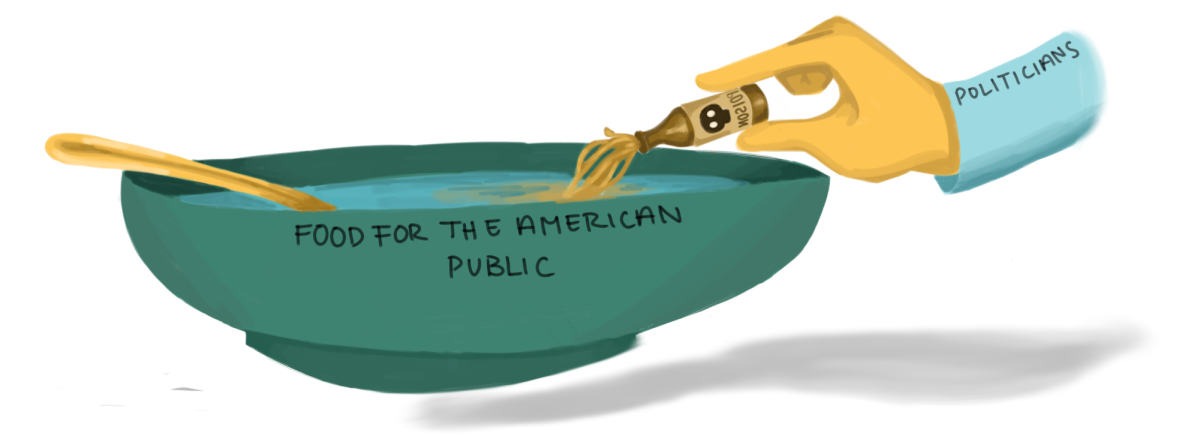Growing up, I have many recollections of trips to Florida and California. The reason these trips are ingrained into my memory is because of one attraction, SeaWorld. I loved visiting SeaWorld and seeing all of the fish and animals that live there. Most importantly, I loved seeing the Shamu show with the big splash at the end that would drench the crowd. I had a Shamu stuffed animal that I would play with growing up, but nothing beat seeing Shamu in person.
Recently, I viewed the documentary “Blackfish,” and it is safe to say I have new opinions about these marine parks. This documentary is about the treatment of animals at parks including SeaWorld, where they constantly put on shows for the general public who visit. It was not just unsettling to see the violent deaths of SeaWorld trainers due to the Orca whales, but even more upsetting to see the treatment of the whales who were not happy to be held in captivity.
Throughout the film, viewers learn how employees tell somewhat inaccurate facts. First, they explain the importance of captivity for the orcas and how it elongates their lives. However, the film explains that the mortality rate of orcas increases while living in captivity compared to living in the wild. Besides for the whales themselves, the trainers seem to suffer a great amount as well. Employees have been pummeled, injured and killed by orcas. The movie explains how orcas are extremely emotional, so these attacks could be their way of dealing with anger, they could be out of instinct or even captivity-induced “psychosis.”
The main whale featured in “Blackfish,” Tilikum, was captured in Iceland, and transferred to different marine parks until he reached his “home” at SeaWorld in Orlando. Tilikum was trained by using punishment for actions he did incorrectly. This may have lead to his aggression that in turn lead him to kill trainer Dawn Brancheau. It is upsetting to see SeaWorld put the blame of these attacks on their own employees, not alive to defend themselves.
Overall, “Blackfish” highlights that the blame for these attacks and accidents cannot be put solely on the whales, and most definitely not on the trainers who built strong connections with these animals. Rather, SeaWorld is portrayed as a villain throughout the documentary. Next time you plan a trip, question whether a marine park is on your to do list.








